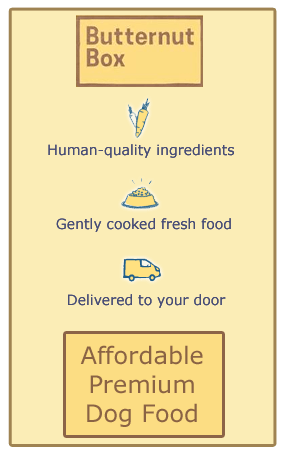As pet owners, we often focus on the physical health of our furry companions while overlooking the profound effects that environmental changes can have on their emotional and digestive well-being.
Recent studies have shed light on how variations in our pets’ surroundings—ranging from moving to a new home, changes in family dynamics, or even shifting seasons—can significantly contribute to anxiety and gastrointestinal distress in dogs.
Understanding Canine Anxiety
Dogs, like humans, are creatures of habit and often thrive on routine.
When their familiar environment changes, they can experience stress and anxiety, which may manifest in various behavioral issues.
Common signs of anxiety in dogs include excessive barking, destructive behavior, withdrawal, or refusal to eat.
A significant factor contributing to this stress is the unpredictability that accompanies environmental changes.
Whether it’s the introduction of new family members, a new job for their humans, or even the arrival of a new pet, these shifts can lead to feelings of insecurity and fear in dogs.
The Link Between Anxiety and Stomach Issues
Surprisingly, anxiety in dogs is closely linked to gastrointestinal problems.
When a dog feels anxious, the stress can disrupt normal digestive processes.
Stress triggers the release of hormones such as cortisol, which can lead to gastrointestinal inflammation and a variety of digestive disorders.
Symptoms can include vomiting, diarrhea, loss of appetite, or other signs of discomfort.
This connection is particularly concerning for pet owners, as it places their dogs in a cycle where anxiety leads to stomach issues, and discomfort, in turn, exacerbates their anxiety.
Common Environmental Changes That Affect Dogs
1. Relocation:
One of the most significant changes for a dog is moving to a new home.
The new sights, sounds, and smells can be overwhelming.
The process of packing and moving can also create a chaotic environment, which may heighten a dog’s anxiety.
2. Seasonal Changes:
Changes in weather can also impact dogs.
For instance, thunderstorms or fireworks can trigger anxiety in sensitive canines.
Additionally, the summer months bring about increased outdoor activities, which might introduce new stimuli that could overwhelm a dog.
3. Family Changes:
Significant life changes such as a new baby in the household, the loss of a family member, or even pets entering or leaving the home can disrupt a dog’s emotional balance.
Dogs can be profoundly attuned to the emotions of their human family members, and changes in dynamic can lead to heightened stress levels.
4. Travel:
Whether it’s a short road trip or a long flight, travel can be a source of anxiety for many dogs.
New environments, changes in routine, and the confinement of crates can all contribute to a dog feeling stressed and anxious.
How to Mitigate Anxiety and Stomach Issues
Awareness is the first step in addressing these issues.
Here are several strategies to help mitigate anxiety and its gastrointestinal repercussions:
Establish a Routine:
Consistent feeding, walking, and playtimes can provide a comforting structure in your dog’s life, especially during times of change.
Create a Safe Space:
Designate a quiet and comfortable area in your home where your dog can retreat when feeling overwhelmed.
Familiar items like their bed or favorite toys can help them feel secure.
Gradual Exposure:
If you are moving or introducing new pets to the household, try to do so gradually.
Allow your dog time to adjust to new environments, sounds, and smells.
Calming Products:
There are numerous calming aids available, including pheromone diffusers, anxiety wraps, and natural supplements designed to ease stress and anxiety.
Consult a Professional:
If your dog shows ongoing signs of anxiety or suffers from recurring stomach issues, it may be wise to consult with a veterinarian or a dog behaviorist.
They can provide behavioral strategies or dietary recommendations tailored to your dog’s needs.
Conclusion
Changes in a dog’s environment can have far-reaching effects on their mental and physical health.
By understanding the connection between environmental shifts, canine anxiety, and digestive issues, pet owners can take proactive steps to ensure the well-being of their furry friends.
Remember that a happy dog leads to a happy home, and fostering a stable environment is essential for their overall health.








